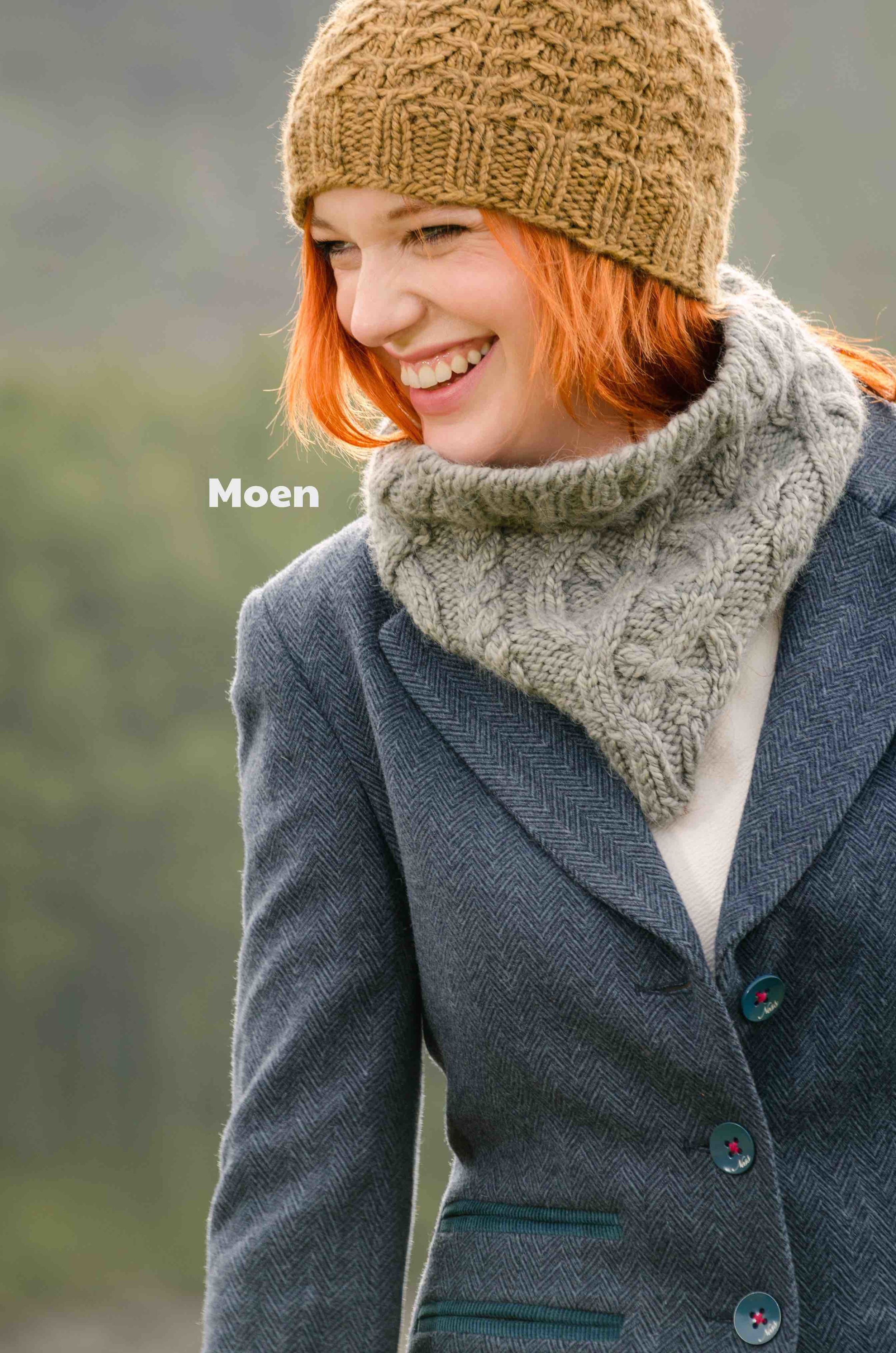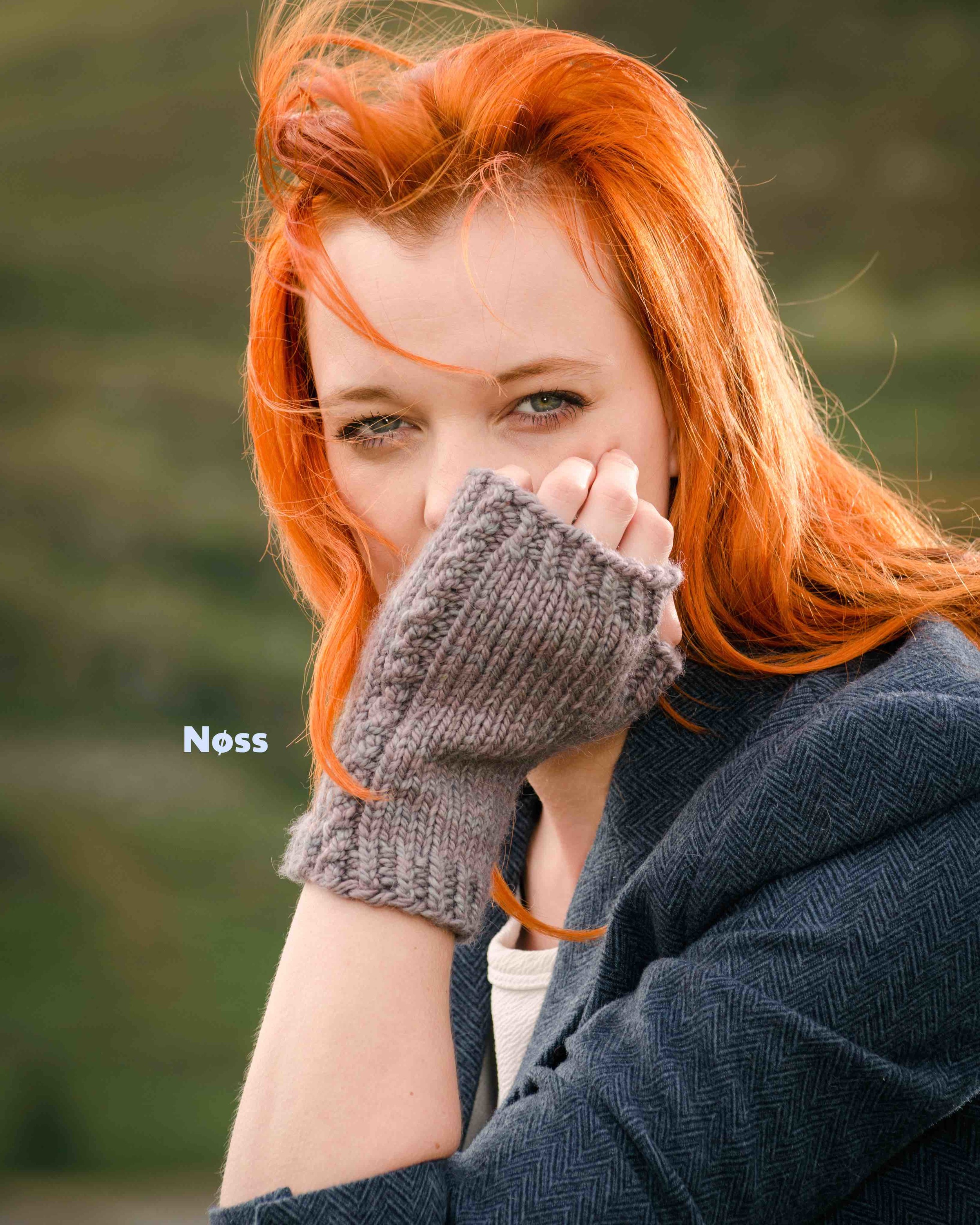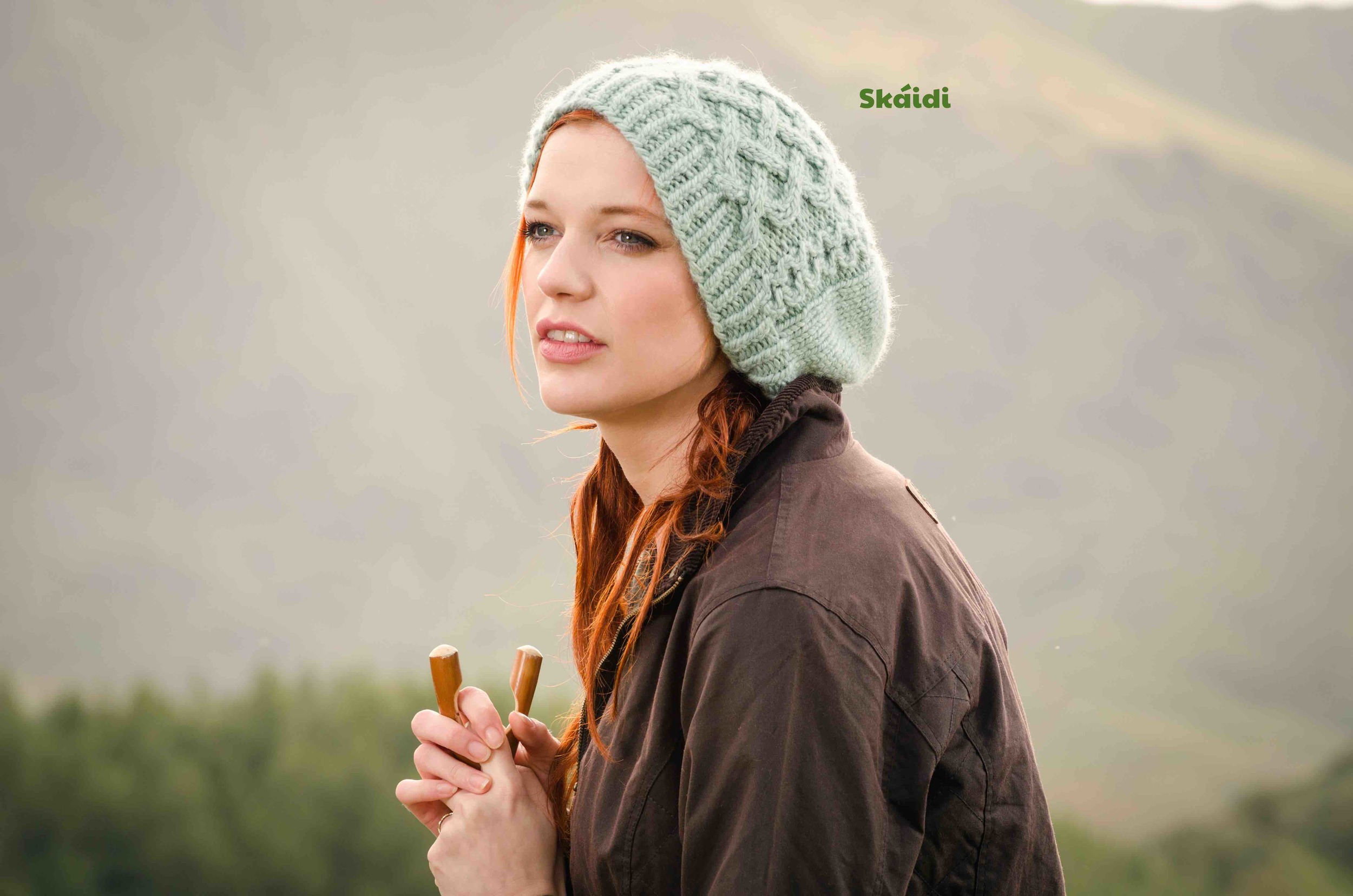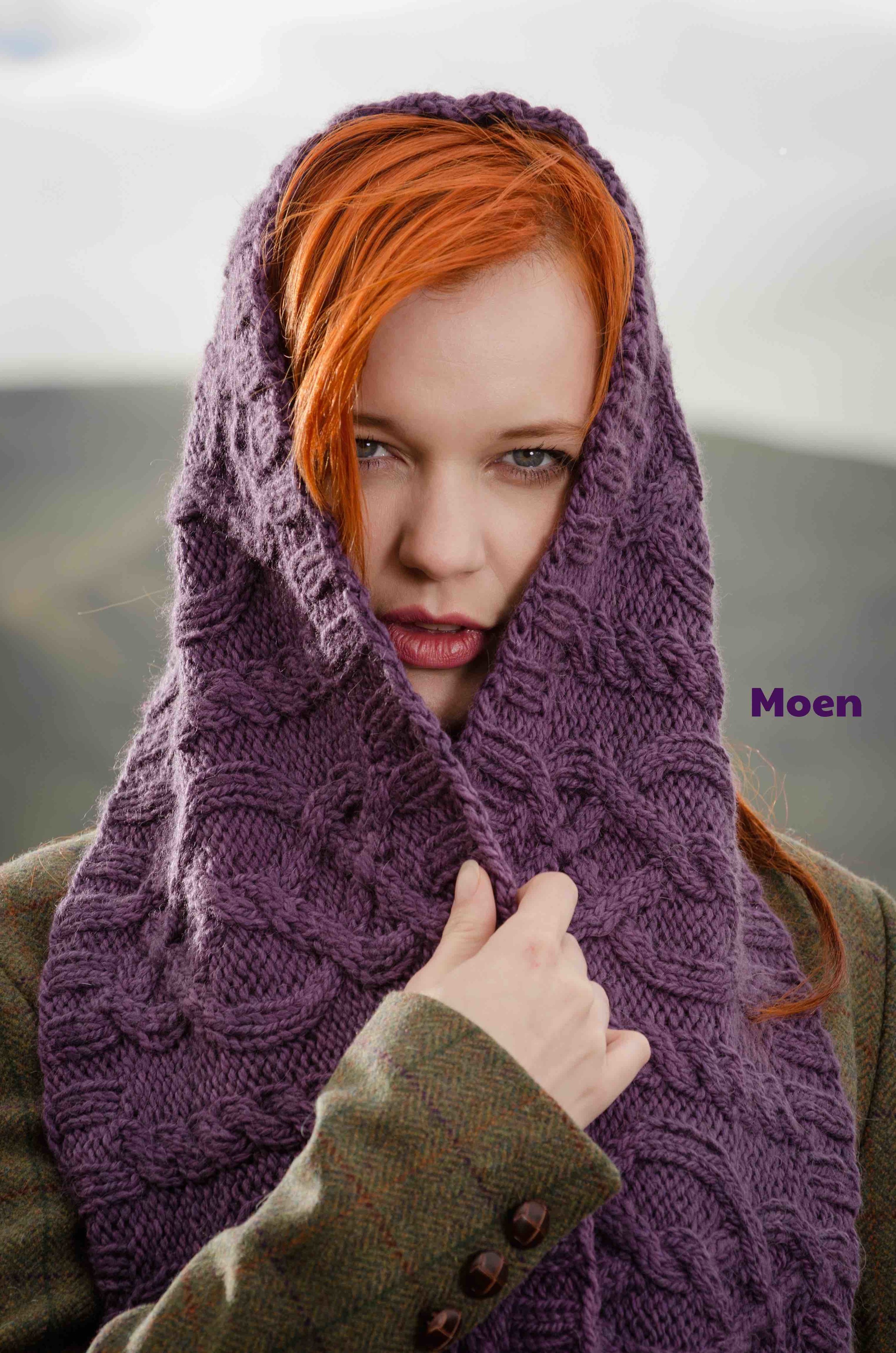Marie (Maria) Sklodowska Curie
Born: 7 November 1867
Died: 4 July 1934
Maria Sklodowska was the youngest of five children born to two teachers – her mother ran a boarding school and her father taught mathematics and physics. When the Russians eliminated laboratory science from the curriculum, her father brought the equipment home for his children.
As she was unable to go to university in Russian-controlled Poland, Maria enrolled at the University of Paris, where she studied physics, chemistry and mathematics from 1891-1894. When she finished her studies in 1894, she planned to return to Poland, but she discovered upon a return visit that she would not be able to pursue her career there, again because she was a woman. She instead returned to Paris to pursue her PhD, and married Pierre Curie.
Madame Curie’s dissertation work grew out of the 1895 discovery of X-rays. Her research investigated these rays emitted by the element uranium. She found that uranium rays (radioactivity) enabled the surrounding air to conduct electricity, and could easily be detected with an electrometer. Her further work identified two uranium-containing minerals that were more active then uranium in terms of their radiation; her hypothesis that these minerals contained other radiating elements led to the identification of polonium and radium in 1898.
In 1903, Marie and Pierre Curie shared the Nobel Prize in Physics with Henri Becquerel, the first time the prize had been awarded to a woman. Three years later, Pierre was killed in an accident, and Madame Curie was offered his chair of the physics department at the University of Paris; she became the first female professor at the University.
In 1910, Marie isolated radium, and in 1911, she was the first person (and still the only woman) to be awarded a second Nobel Prize, this time in Chemistry for the discovery and isolation of radium and polonium. She remains the only person to have won Nobel Prizes in multiple sciences.
The practical importance of Marie Curie’s discoveries is hard to describe completely. The discovery of radioactive decay threw a monkey wrench into the understanding of physics and chemistry at the beginning of the twentieth century. The discovery of radioactivity has contributed to advances in physics, medicine, anthropology and geology, to name a few fields. In my own experience, radioactive isotopes are used extensively in the lab on a daily basis for cellular and molecular biomedical research, enabling scientists to answer critical questions about health and disease.
Sadly, our current understanding of the dangers of radioactivity were not known in Madame Curie’s time, and she died in 1934 from aplastic anemia, a blood disorder that was a direct result of her early, unprotected work with radioactive compounds





















